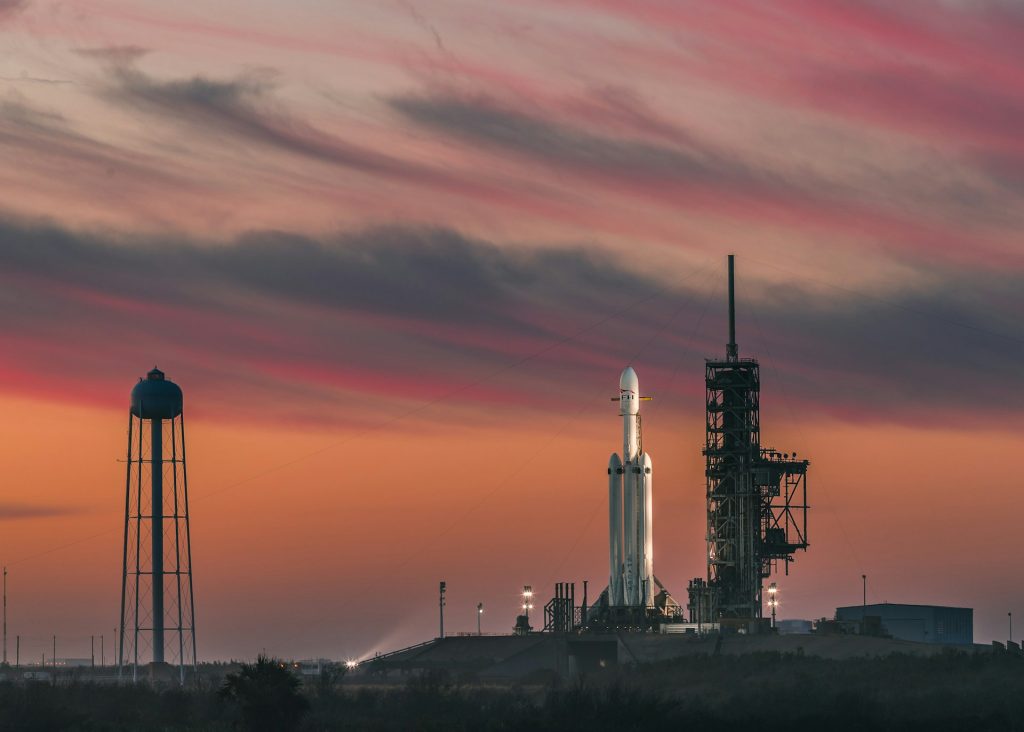After Fiery Setbacks, SpaceX’s Starship Nails Key Test Flight with Ocean Splashdown

Following a series of spectacular explosions, Elon Musk’s Starship mega-rocket has successfully completed a crucial test flight, acing key objectives and renewing hopes for SpaceX’s ambitious plans to return humans to the Moon and eventually land on Mars. The behemoth rocket’s upper stage successfully reached space and completed its journey with a controlled splashdown in the Indian Ocean.
A Landmark Liftoff and Controlled Descent
The 120-meter-tall (nearly 400 feet) rocket, the largest ever built, lifted off from its Texas launchpad on Tuesday shortly after 6:30 PM local time, roaring to life amidst the loud applause of SpaceX engineers. In a critical sequence, the two stages—the Super Heavy booster and the Starship spacecraft—cleanly separated mid-flight.
This tenth test flight marked a significant departure from previous attempts. The Super Heavy booster, instead of being caught in a dramatic maneuver as in a past test, completed its mission and performed a controlled soft landing in the waters of the Gulf of Mexico. This was part of the flight plan, designed to gather extensive data for future reusability.
Mission Milestones Achieved in Space
The most significant success came from the immense upper stage spacecraft, which had been destroyed during its three previous test flights. This time, it successfully reached space and, for the first time, deployed payload simulators, which included eight next-generation Starlink satellite prototypes.
According to The New York Times, the flight also successfully demonstrated a key innovation: an in-orbit engine burn, a maneuver that is indispensable for future interplanetary missions. After its journey through space, the vehicle successfully re-entered the atmosphere and plunged into the Indian Ocean as planned, completing its flight roughly an hour after launch. On his social media platform X, Elon Musk praised the “excellent work by the SpaceX team.”
Challenges Remain on the Path to Mars
Still, the journey to Mars remains paved with obstacles. While successful, the flight also demonstrated the intense difficulty of atmospheric re-entry. Live video from SpaceX showed the spacecraft losing some of its protective heat shield tiles and sustaining material damage on its way down.
A SpaceX manager, Dan Huot, clarified during the live stream that some of this was by design. “We actually removed several tiles in critical areas of the vehicle,” he stated. “We’re really trying to put [the spacecraft] to the test to find its weak points.” The day before the launch, Musk himself acknowledged that “thousands of technical challenges” still lay ahead.
Reviving Ambitious Goals for Deep Space
This successful flight is expected to sweep away the doubts that had begun to mount following the earlier failures this year, which included another explosion during a ground test in June. The achievement validates SpaceX’s high-risk strategy of launching numerous prototypes to rapidly identify and correct flaws. With the mission’s objectives met, the concerns about Starship’s progress have been largely quieted, clearing the path for the company to push even further. Musk continues to aim for the first launches to Mars as early as 2026, and Tuesday’s success marks a major leap toward making that vision a reality.
 Uber and iFood Join Forces: Ride-Hailing and Delivery in One App
Uber and iFood Join Forces: Ride-Hailing and Delivery in One App  German Solar Industry at a Crossroads: Growth, Challenges, and Calls for Action
German Solar Industry at a Crossroads: Growth, Challenges, and Calls for Action  EDP Begins Construction of Second Large-Scale Solar Plant in Germany
EDP Begins Construction of Second Large-Scale Solar Plant in Germany  OpenAI Unveils New GPT-4.1 Models, Phases Out Disappointing GPT-4.5 Preview
OpenAI Unveils New GPT-4.1 Models, Phases Out Disappointing GPT-4.5 Preview  Global Stock Markets Open the Week on a Positive Note
Global Stock Markets Open the Week on a Positive Note  Nvidia Expands European AI Infrastructure as Qualcomm Enters Chip Market to Challenge Dominance
Nvidia Expands European AI Infrastructure as Qualcomm Enters Chip Market to Challenge Dominance  Yen’s Weakness Persists Despite Fed Rate Cut, Defying Market Expectations
Yen’s Weakness Persists Despite Fed Rate Cut, Defying Market Expectations  Bitcoin Market Faces New Challenges and Opportunities After FOMC Rate Cut, Glassnode Reports
Bitcoin Market Faces New Challenges and Opportunities After FOMC Rate Cut, Glassnode Reports  Dodgers Legend Clayton Kershaw to Retire After 18 Seasons
Dodgers Legend Clayton Kershaw to Retire After 18 Seasons